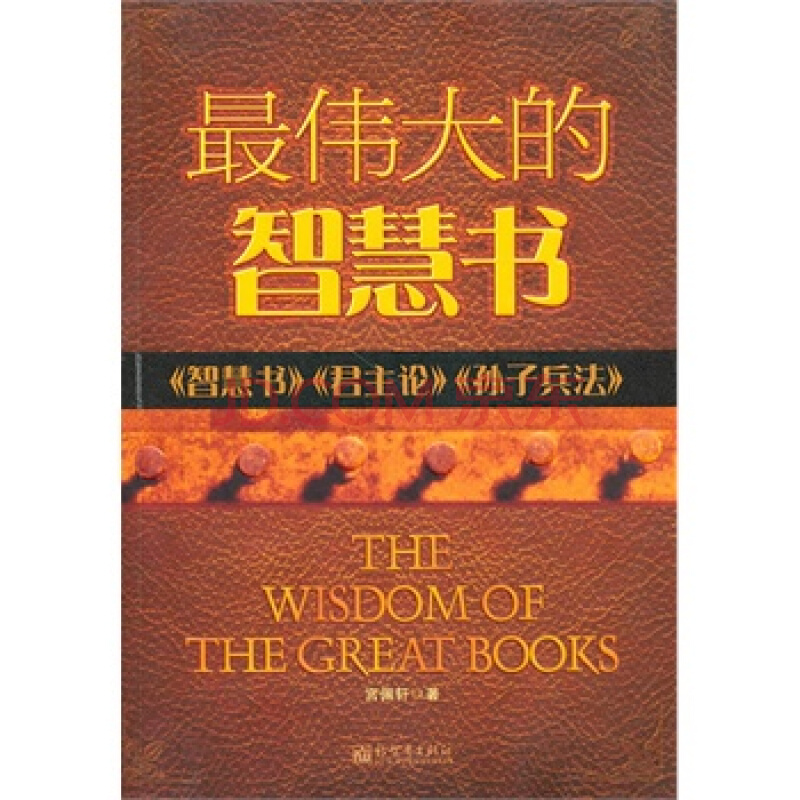Sunzi’s Wisdom Beyond the Military
2 min readSunzi’s Art of War was introduced abroad from the Tang Dynasty(618-907) onwards.A Japanese student named Kibimakibitook the book home in 734 or 7 52. It was introduced to Korea in the 1 5th century during the Joseon Dynasty. Up to the 17th century, more than 170 books on the study of Sunzi’s Art of War were published in Japan. In 1772, Jean-Joseph-MarieAmiot(1718-1793),a Jesuit missionary from France, published in Paris his French translation of the book. That year, Napoleon Bonaparte I(1769-1821) was only three years old.A Russian translation was published in 1860. Later translations of the book include English, German, Italian, Czech, Vietnamese, Hebrew, and Romanian.

After World War II, famous strategists and scholars from different countries took a new interest in Sunzi’s Art of War. Bernard Law Montgomery (1887-1976), British field marshal during that war, declared that all military academies in the world should include the book as required course material. New translations and more research works on the book have been published since that time.
With the spread of Sunzi’s Art of War, its influence has gone beyond the military to many other fields, including economics, politics, culture, and diplomacy. Many people regard the
book not only as a military work, but also as a work on the philosophy of strategy, referring to the application of military strategies as general methods and principles in all areas of social life. In 2001, online bookseller Amazon listed the book as one of the bestsellers in the humanities category. Many contemporary scholars regard Sunzi’s wisdom to be as universalas Confucius’ wisdom.








